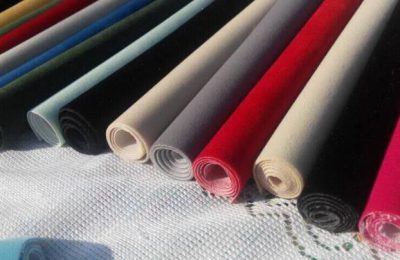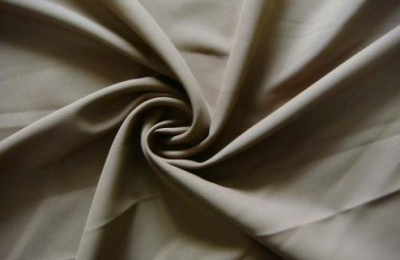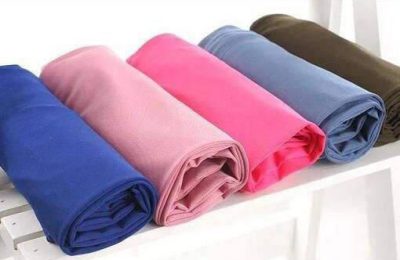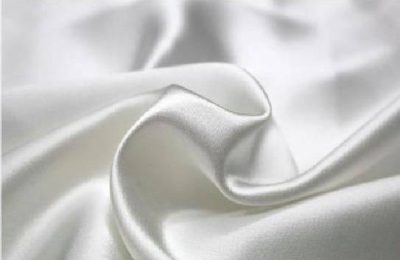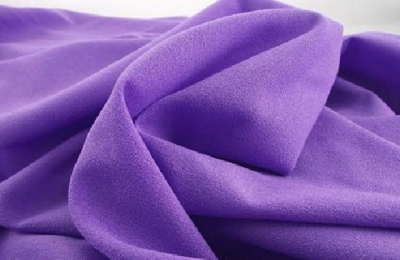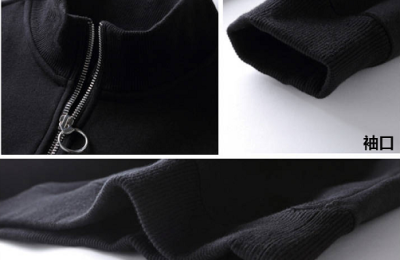FFU refers to a fan filter unit, which is generally equipped with at least an H13 level filter, and the core material of the filter is the FFU dust-free workshop purification membrane, so the removal efficiency is more worthy of people’s trust.
When constructing purification projects in a clean room, a lot of equipment is needed, and almost all of these filtering equipment are made of FFU dust-free workshop purification membranes.
Because the filtration accuracy of this membrane can reach U15 level (99.9995%) or even U17 level (99.999995%), it can fully meet the purification needs of high-precision electronic product processing workshops such as semiconductors and chips.
Therefore, ptfe film is becoming more and more popular among us.
PTFE dust-free workshop purification membrane has excellent moisture permeability, air permeability and waterproofness because its micropore diameter is tens of thousands of times that of water molecules and hundreds of times smaller than water droplets.
It was the most widely used microporous organic membrane at that time.
PTFE air filter membrane can be used in industry for high-temperature gas dust filtration and composite laminated fabrics.
New Material Technology Co., Ltd. is a high-tech technical company specializing in the development and production of FFU dust-free workshop purification membranes and series of products. We have advanced ptfe membrane production lines, coating and composite production lines, which are at the domestic advanced level.
PTFE dust-free workshop purification membrane is a microporous film produced from polytetrafluoroethylene loose resin through special techniques such as premixing, kneading, calendering, and biaxial stretching.
The surface shape of the microporous film is a spider web-like micropore layout.
There are pores formed between microfibers, and the direction of microfiber placement is basically parallel to the direction of stretching; the junction of fiber bundles is the node, which is composed of many microfibers entangled and connected.
</p



